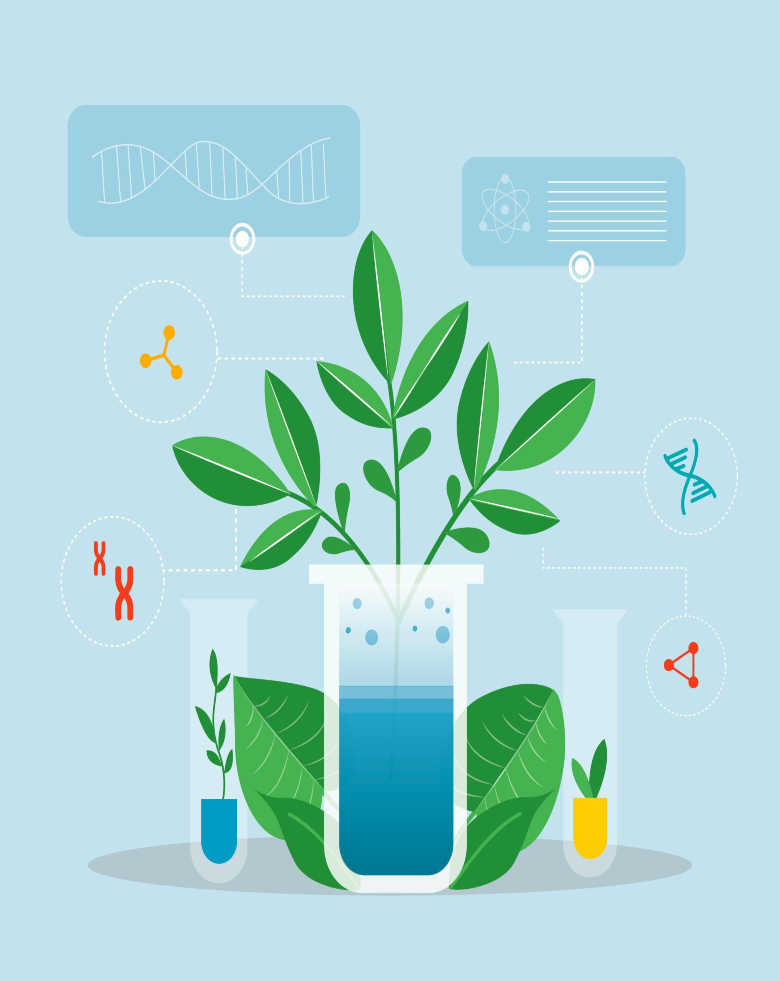Check our virtual lab projects

Wilmott's Bubbler Experiment
The Willmott Bubbler Experiment is a classic laboratory technique used for determining the dissolved oxygen content in water samples. Named after the British chemist Percy Leslie Willmott, this method involves passing a stream of air through a water sample, causing any dissolved oxygen to bubble out. The liberated oxygen is then collected and measured, providing valuable insights into the water's oxygen concentration. Widely employed in environmental and water quality assessments, the Willmott Bubbler Experiment plays a crucial role in understanding and monitoring the health of aquatic ecosystems.
Biochemistry- Osazone Formation Mechanism
Osazone is the derivative of carbohydrates that are formed by the reaction of carbohydrates with phenylhydrazine. As aldehyde, aldoses react with phenylhydrazine to form phenylhydrazones. In 1875, Emil Fischer found that reducing benzene diazonium chloride by sulfur dioxide yields phenylhydrazine. Fischer reported that the phenylhydrazine he had discovered could be used as a powerful tool in the study of carbohydrates. If an excess of phenylhydrazine is used, the reaction proceeds further to yield products known as osazones.

